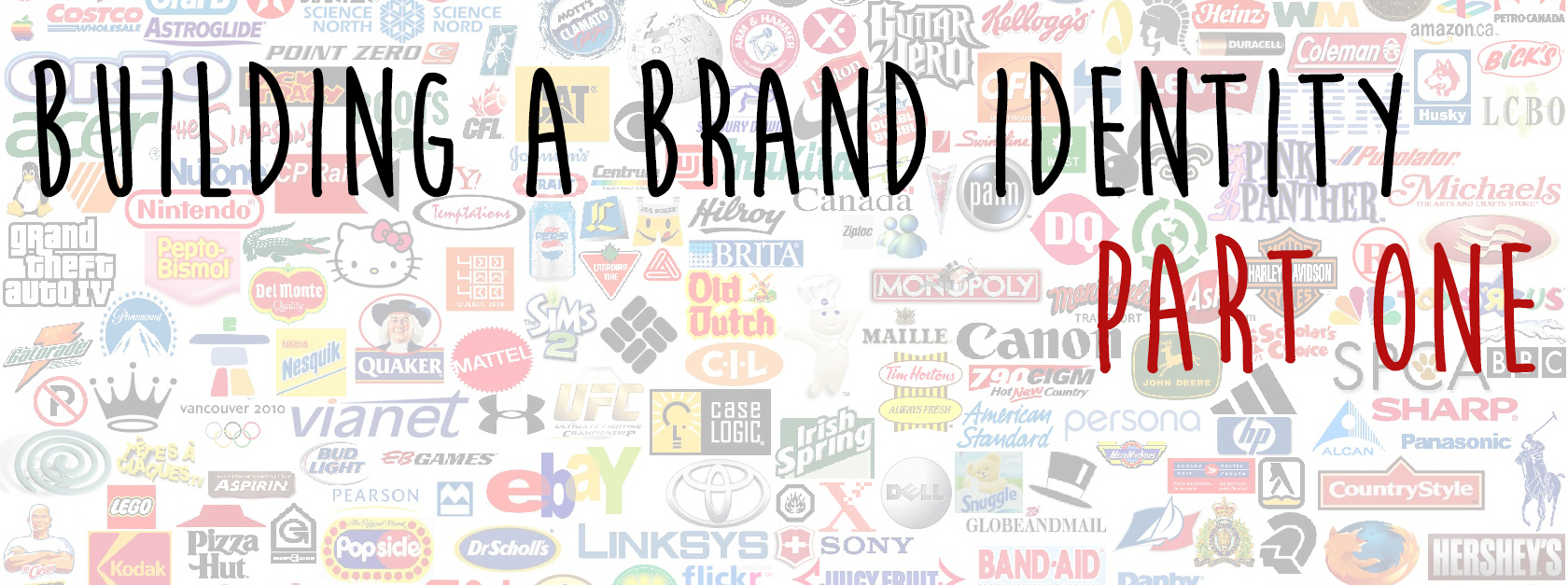Building a Brand Identity: Part One

 Your brand identity is the core representation of your company’s reputation. If your business isn’t living its core values (or, heaven help, if your brand doesn’t even have core values) it won’t survive. This isn’t fluffy marketing speak. There are many complex motivations in consumer behavior – and why people buy from you is wrapped up in pricing, services, convenience and quality. But it’s more than that: People buy into why you do what you do. That’s branding.
Your brand identity is the core representation of your company’s reputation. If your business isn’t living its core values (or, heaven help, if your brand doesn’t even have core values) it won’t survive. This isn’t fluffy marketing speak. There are many complex motivations in consumer behavior – and why people buy from you is wrapped up in pricing, services, convenience and quality. But it’s more than that: People buy into why you do what you do. That’s branding.
Truth bomb courtesy of Fast Company: If your brand story does not authentically contribute to the well-being of society or the environment, your brand will not be viewed as important. The Meaningful Brand Index report found that 73% of all brands could disappear and consumers wouldn’t care.
Here’s how we look at brand building, from a digital marketing perspective. In part one I’ll offer an overview for action. In part two, we’ll delve a little more into actionable steps.
Explore Honestly
What does your company bring to the market? Use the SWOT Analysis to take a deep look at your business, its purpose and its place. Understand its strengths, weaknesses, opportunities and threats. Involve everyone in this analysis – you can even involve customers.
To get to the next step, you have to master this first one. Use a free online resource to map this out or fill it in like a grid – enjoy (or cringe at) the contrast of perceptions. Does the CFO view the company’s strength like the marketing assistant does? Doubt it.
Begin Developing Identity
The essential parts of a brand persona are:
- Your purpose (this should not change) – Why does the company exist? Making money is not the correct answer. The why is crucial. If you don’t have a why, don’t move to creating a mission statement, because you can’t have a mission statement without a reason for existing. Nail this first.
- Your mission – What is the plan? How do you create value? Your mission guides how you achieve your purpose. Mission statements define purpose, but it’s not a “why” statement – it drills down into the action that the company brings to fulfill the why. Here are some nice ones.
- Your vision – What is the picture you see when you think of meeting your mission? What “future state” equates with success? A vision statement talks about the future. Who are we becoming? Don’t worry about the how, focus on the what. Read some.
- Your goals – What are the objectives in the short term that help support your mission and your vision? Do your current business practices align with those?
Part Two: Let’s get down with mission and vision statements!
Sara Fraser – VP Content Strategy



